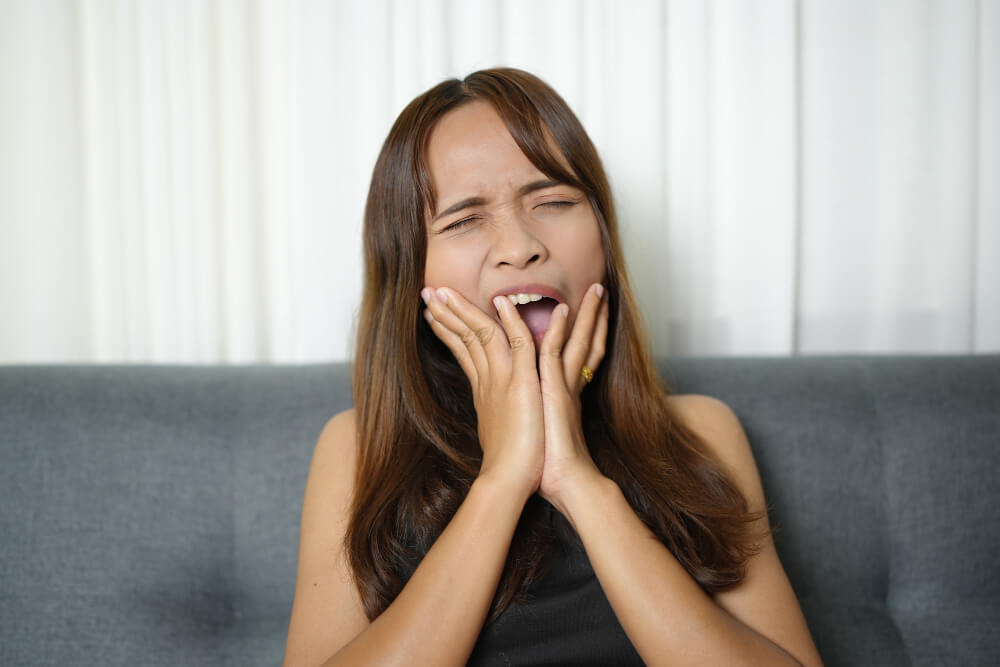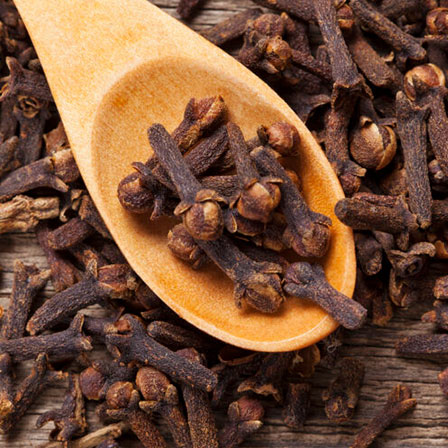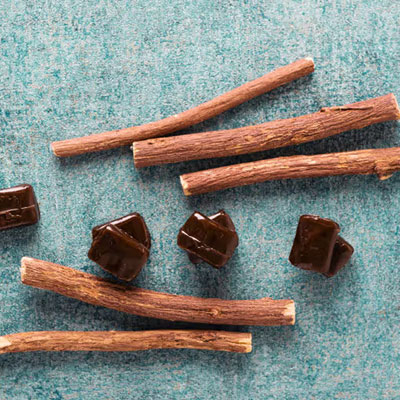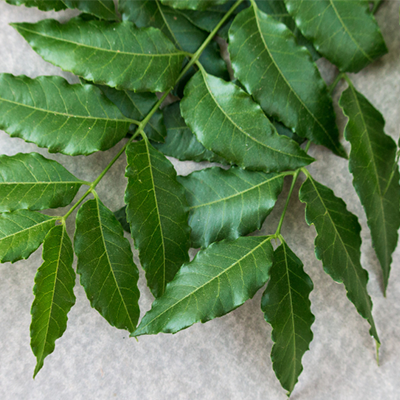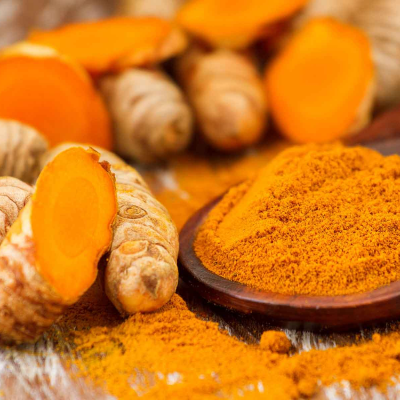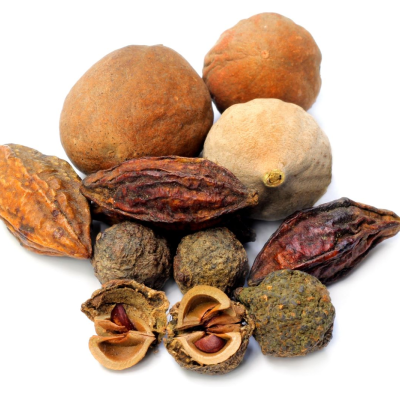Odontalgia, commonly known as toothache, refers to pain in or around a tooth. It can range from mild discomfort to severe pain and is often a symptom of underlying dental or systemic issues.
Causes of Odontalgia
Dental Causes
- Tooth Decay (Caries): Breakdown of enamel due to bacterial activity.
- Pulpitis: Inflammation of the tooth's pulp caused by untreated cavities or trauma.
- Gum Diseases: Conditions like gingivitis or periodontitis.
- Tooth Abscess: Pus formation due to bacterial infection in or around the tooth.
- Cracked Tooth: Fractures causing sensitivity or pain.
Non-Dental Causes
- Sinusitis: Pressure or infection in the sinuses can cause referred pain to the upper teeth.
- Temporomandibular Joint (TMJ) Disorders: Pain in the jaw joint radiating to teeth.
- Neurological Disorders: Conditions like trigeminal neuralgia.
Lifestyle Factors
- Poor oral hygiene.
- Frequent consumption of sugary foods and beverages.
- Smoking and tobacco use.
Symptoms of Odontalgia
- Sharp, throbbing, or constant pain in the tooth or surrounding area.
- Pain that worsens with chewing or biting.
- Sensitivity to hot, cold, or sweet foods and drinks.
- Swelling around the affected tooth or jaw.
- Red, swollen, or bleeding gums.
- Foul taste or bad breath (due to abscess or infection).
- Fever (in severe infections).
Ayurvedic Perspective on Odontalgia
Understanding Odontalgia in Ayurveda
In Ayurveda, toothache is referred to as "Dantashoola" and is primarily linked to an imbalance in the doshas:
- Vata Dosha: Causes sharp, throbbing pain.
- Pitta Dosha: Leads to inflammation, redness, and sensitivity.
- Kapha Dosha: Results in swelling, heaviness, and pus formation.
Factors like poor oral hygiene, improper diet, and lack of dental care aggravate doshas, leading to Dantashoola.
Ayurvedic Management of Odontalgia
Shodhana (Detoxification)
- Kavala (Oil Pulling): Swishing medicated oils like sesame or coconut oil to detoxify and strengthen teeth.
- Gandusha: Retaining medicated liquids in the mouth to reduce pain and inflammation.
Specific Ayurvedic Therapies
- Danta Dhavana: Brushing teeth with herbal powders like Triphala churna.
- Lepa (Herbal Paste): Application of herbal pastes containing ingredients like turmeric and clove on the affected area.
- Nasya (Nasal Drops): Administering medicated oils to pacify Vata and relieve associated symptoms.
Herbal Remedies
Clove Oil (Lavang Taila)
Applied directly for its analgesic and antibacterial properties.
Licorice Root (Yashtimadhu)
Used as a mouthwash to reduce inflammation.
Neem (Nimba)
Chewing neem twigs or using neem-based toothpaste for antimicrobial effects.
Turmeric (Haridra)
Applied as a paste to reduce pain and swelling.
Triphala Decoction
Used as a mouth rinse for overall oral health.
Dietary Guidelines
- Include foods rich in calcium and vitamin C to strengthen teeth.
- Avoid sticky, sugary foods and processed snacks.
- Stay hydrated to maintain oral health.
Lifestyle Practices
- Maintain proper oral hygiene by brushing twice daily with herbal toothpaste.
- Use a tongue scraper to remove toxins.
- Regularly floss to clean interdental spaces.
Odontalgia is a multifaceted condition requiring proper diagnosis and treatment. Ayurveda emphasizes a holistic approach, combining herbal remedies, dietary and lifestyle modifications, and specific therapies to address the root causes and prevent recurrence. Integrating Ayurvedic practices with modern dentistry ensures optimal oral health and well-being.


